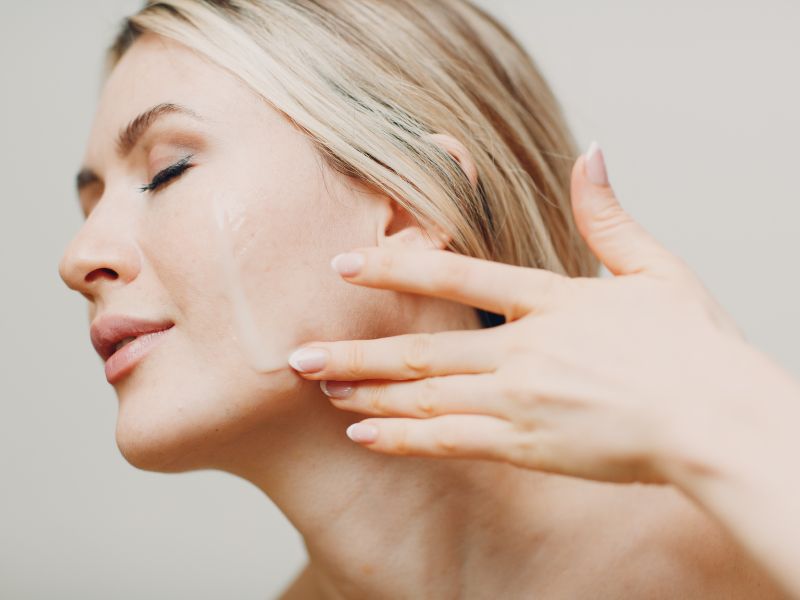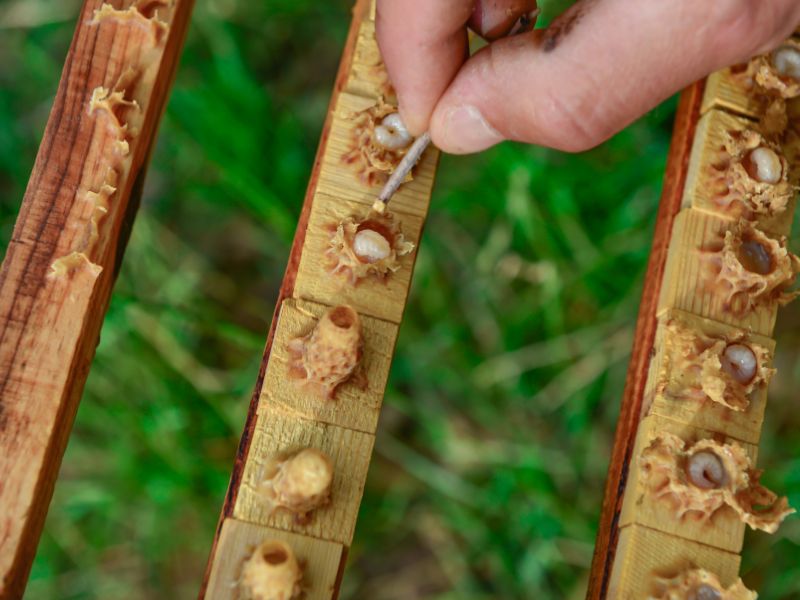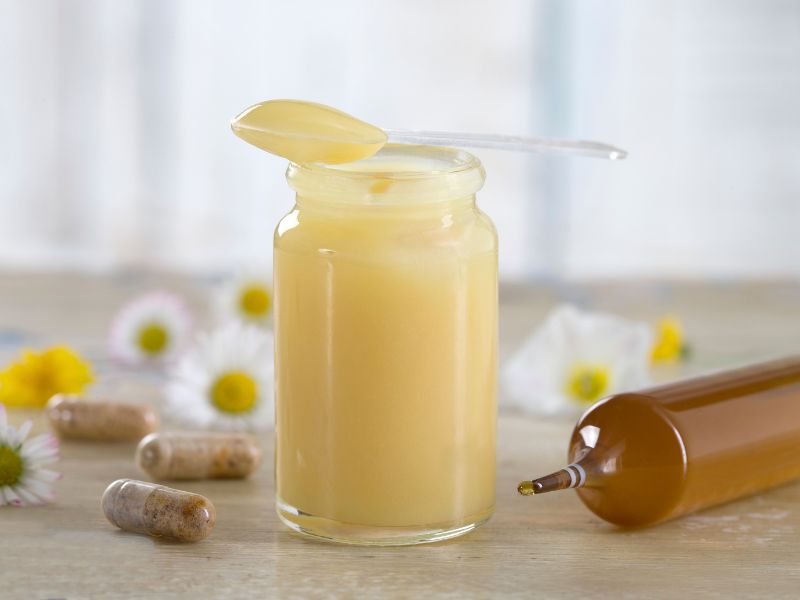Royal jelly, produced by worker bees, plays a crucial role in developing and sustaining bee colonies. This unique substance is specifically reserved for the queen bee, setting her apart in size, fertility, and longevity. Let’s delve into the composition and functions of royal jelly, exploring its significance in both the hive and potential applications beyond.
Composition And Nutrient Profile
Royal jelly is a complex mixture of water, proteins, sugars, vitamins, and minerals. One of its key components is 10-hydroxy-2-decenoic acid (10-HDA), an unsaturated fatty acid with notable antimicrobial properties. This unique blend of nutrients contributes to the queen bee’s exceptional growth and maintenance, differentiating her diet from worker bees.

Canva. com
The Queen Bee’s Exclusive Diet
While worker bees consume a combination of pollen and nectar, the queen bee’s diet consists almost entirely of royal jelly. This exclusive feeding regimen is responsible for her remarkable size, fertility, and extended lifespan compared to other bees in the colony. The antimicrobial properties of royal jelly also serve as a protective shield, helping the queen ward off infections and diseases.
Potential Health Benefits
Beyond its role in the hive, royal jelly has garnered attention for potential human health benefits. Some studies suggest that it possesses antioxidant properties, aiding in combating oxidative stress within the body. Additionally, claims about its anti-inflammatory effects offer potential applications in managing certain health conditions.

Canva. com
Royal Jelly In Skincare
The rich nutrient profile of royal jelly has led to its incorporation into the beauty industry. Cosmetic products harness its moisturizing and nourishing properties, promoting healthier-looking skin. While these applications are promising, it’s crucial to approach them cautiously, considering ongoing scientific research and individual health circumstances.
